Google Pixel 5 vs. Samsung Galaxy S20: Which Android flagship will win?
Will the Pixel 5's clever software beat the Galaxy S20's impressive hardware?
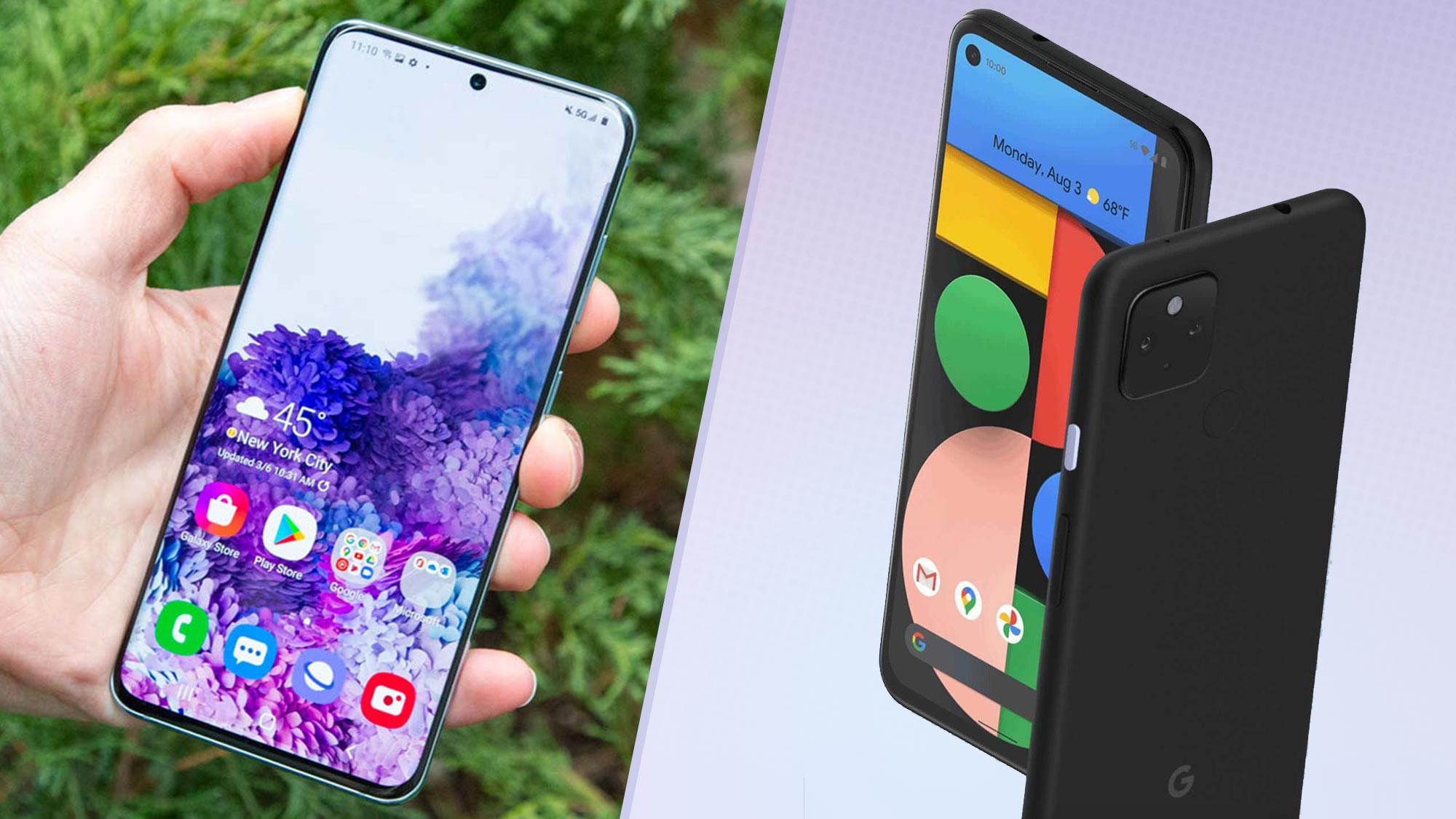
Since February, the Samsung Galaxy S20 has been high up on our list of best Android phones. It's managed to hold onto this position up to now, but the next big challenger for its place in the pecking order has arrived in the form of the Google Pixel 5.
The Pixel 4 and the larger Pixel 4 XL had lots of smart ideas when they launched in October last year. However, they had many flaws too, which translated into solid review scores but poor sales. Fortunately, Google has gone back to the drawing board, coming up with a flagship that's cheaper than a lot of devices out there, even if it promises some compromises.
- The best Samsung phones at every price
- Google Pixel 5 vs. iPhone 12: Which phone will win?
- Just in: Samsung Galaxy Note 20 leak reveals a shockingly high price
With the Pixel 5 going on sale this month, we now have a better idea of the phone's specs beyond just rumors, though we'll still need to test Google's handset for a true comparison to the best that Samsung has to offer. Still, based on what we already know, our Google Pixel 5 vs Samsung Galaxy S20 face-off paints a picture of two very different approaches to building an Android flagship.
Google Pixel 5 vs. Samsung Galaxy S20 specs
| Row 0 - Cell 0 | Google Pixel 5 | Samsung Galaxy S20 |
| Starting price | $699 | $999/£899 |
| OS | Android 11 | Android 10 |
| Display | 6-inch Full HD+ OLED (90Hz) | 6.2-inch quad-HD AMOLED (120Hz) |
| Processor | Snapdragon 765G | Snapdragon 865 |
| 5G | Yes | Yes |
| RAM | 8GB | 12GB |
| Storage | 128GB | 128GB + microSD expandability |
| Battery | 4,000 mAh | 4,000 mAh |
| Rear cameras | 12.2MP main, 16MP ultra wide | 12MP wide, 12MP ultrawide, 64MP telephoto |
| Front camera | 8MP | 10MP |
| Size | 5.7 x 2.8 x 0.3 inches (114.7 x 70.4 x 8 mm) | 5.9 x 3 x 0.31 inches (149 x 76 x 8 mm) |
| Weight | 5.3 ounces (151 grams) | 5.7 ounces (161.5 grams) |
Google Pixel 5 vs. Samsung Galaxy S20: Price and availability
The Galaxy S20 5G went on sale back in February 2020 for $999/£899. (There's an LTE-only version of the phone available In the U.K., too, that starts at £799.)
At present, you can pre-order the Pixel 5, which starts at $699/£599. That's a $300 price difference from the Galaxy S20, as Google looks to make its flagship phone more appealing, at least in terms of cost. Look for the Pixel 5 to ship on Oct. 15.
Google Pixel 5 vs. Samsung Galaxy S20: Design and display
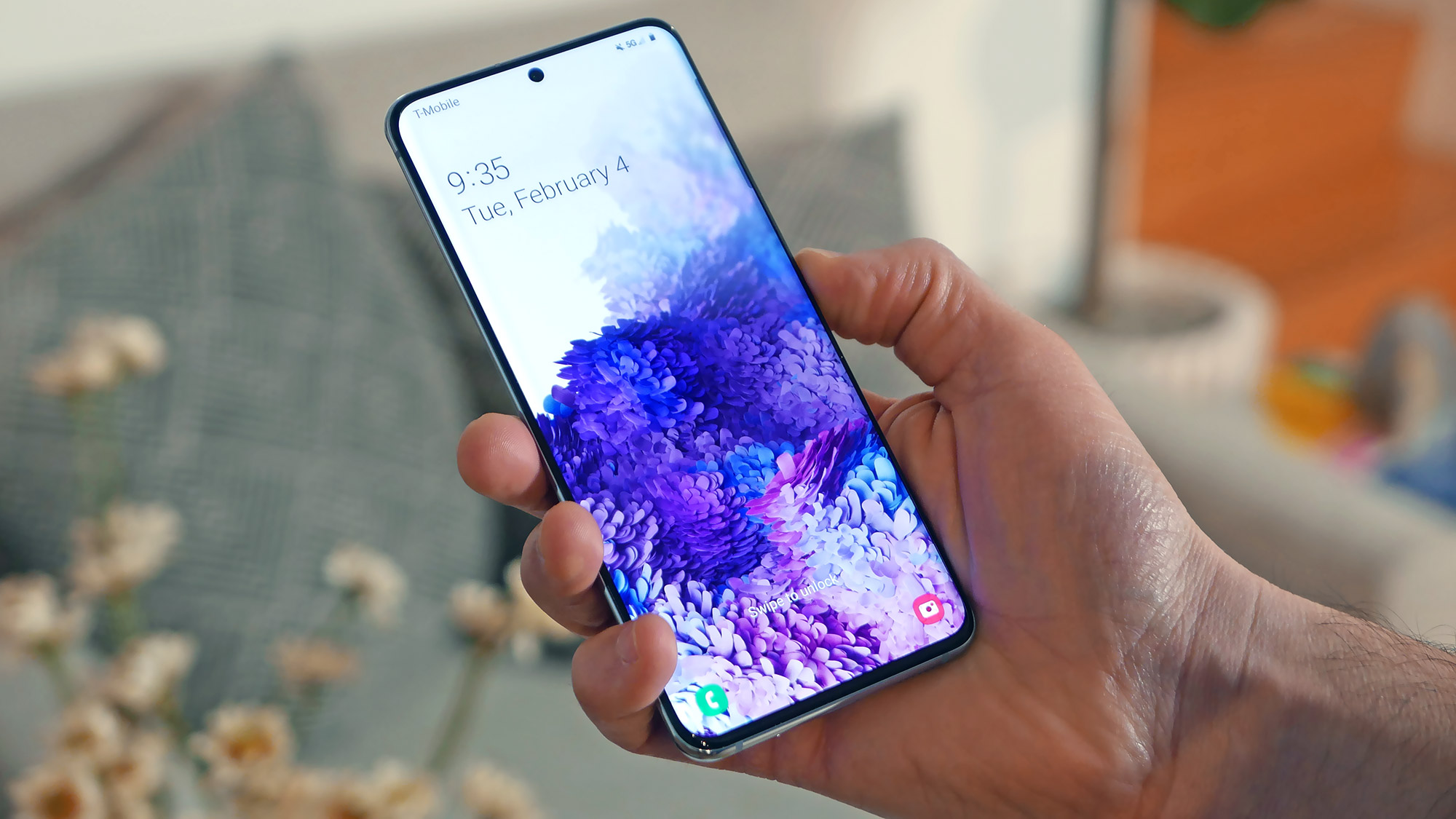
In a nutshell, the Galaxy S20's design is plain but functional. With a central punch-hole in its subtly-curved display, and a plain black rectangular camera bump on the back, it's unfussy in a way that likely appeals to many phone buyers.
Samsung offers its most interesting set of colors on the standard S20: a trio of Cloud Pink, Cloud Blue and Cosmic Grey. Some retailers in certain regions even offer Cosmic Black, Cosmic White and a bolder Aura Blue hue, though these are unavailable if you opt to buy your S20 directly from Samsung.
Sign up to get the BEST of Tom's Guide direct to your inbox.
Get instant access to breaking news, the hottest reviews, great deals and helpful tips.
Google has changed things around with the Pixel 5. The chunky bezels at the top of the Pixel 4 are gone (as are the sensors housed there), with the Pixel 5 switching to a display that takes up nearly all of the phone's front face. The front camera now lives in a cut-out in the upper left corner of the screen, while the back of the phone is made out aluminum. For colors, you've got a choice between black and a greenish sage option.
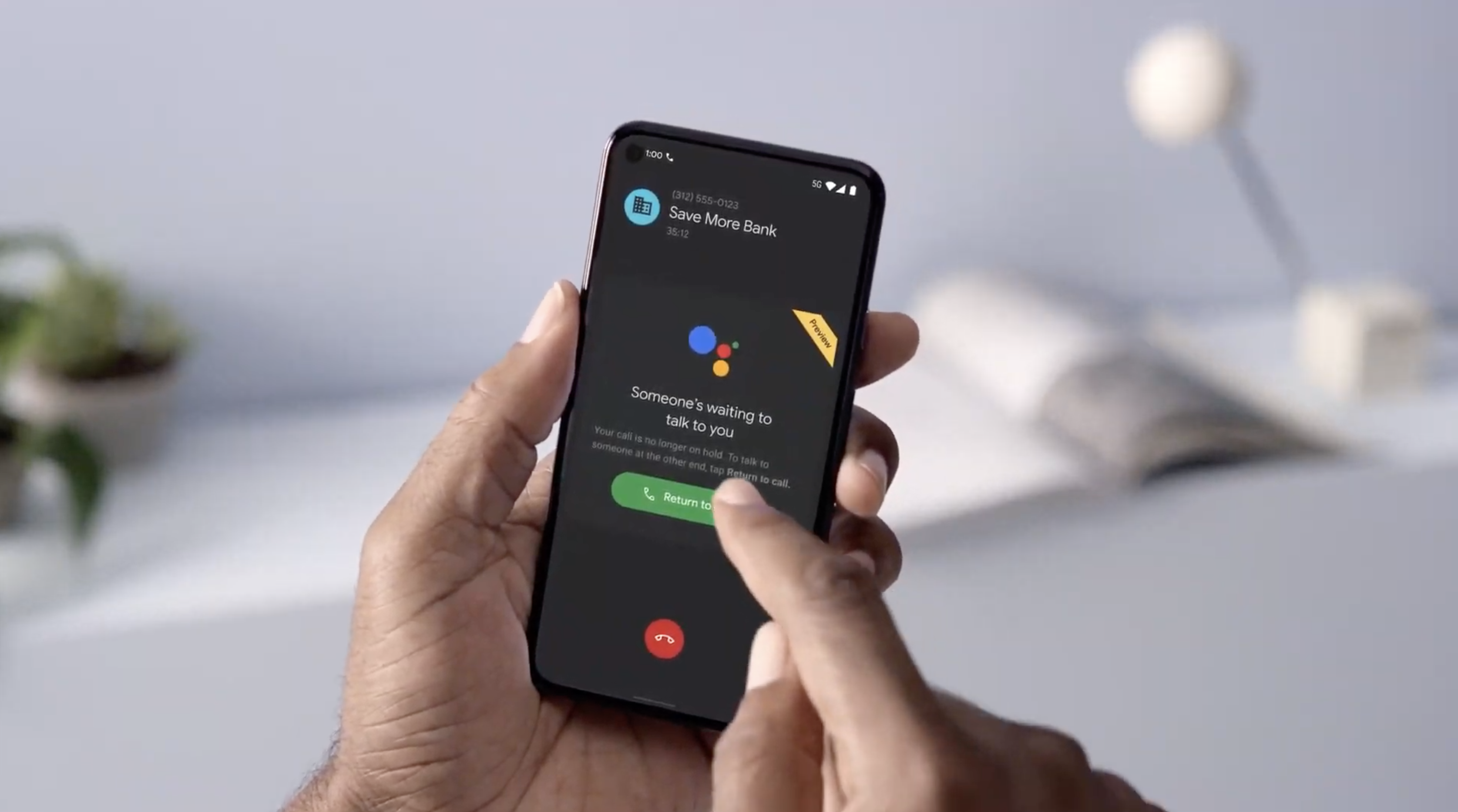
As for screen sizes, the Galaxy S20 offers the bigger option at 6.2 inches. The Pixel 5's not that much smaller, though, offering a 6-inch screen. (There's no XL option for the first time in the Pixel's history.) Both phones use OLED panels.
Samsung made a big leap with the S20's display this year by giving it a QHD resolution and a 120Hz refresh rate (although not both at once, unfortunately). The Pixel 5 has a fast refresh rate, too, though it tops out at 90Hz.
Google Pixel 5 vs. Samsung Galaxy S20: Cameras
The Galaxy S20 uses three rear cameras: a 12MP main camera, 64MP 3x optical telephoto camera and 12MP ultrawide camera. There's also a 12MP front camera.
That's more cameras than the Pixel 5 includes, where Google has kept the number of lenses to two. There's a switch from the Pixel 4, though, since that phone had a telephoto lens. With the Pixel 5, Google has gone with a 16MP ultrawide angle lens to go with the main 12.2MP camera.
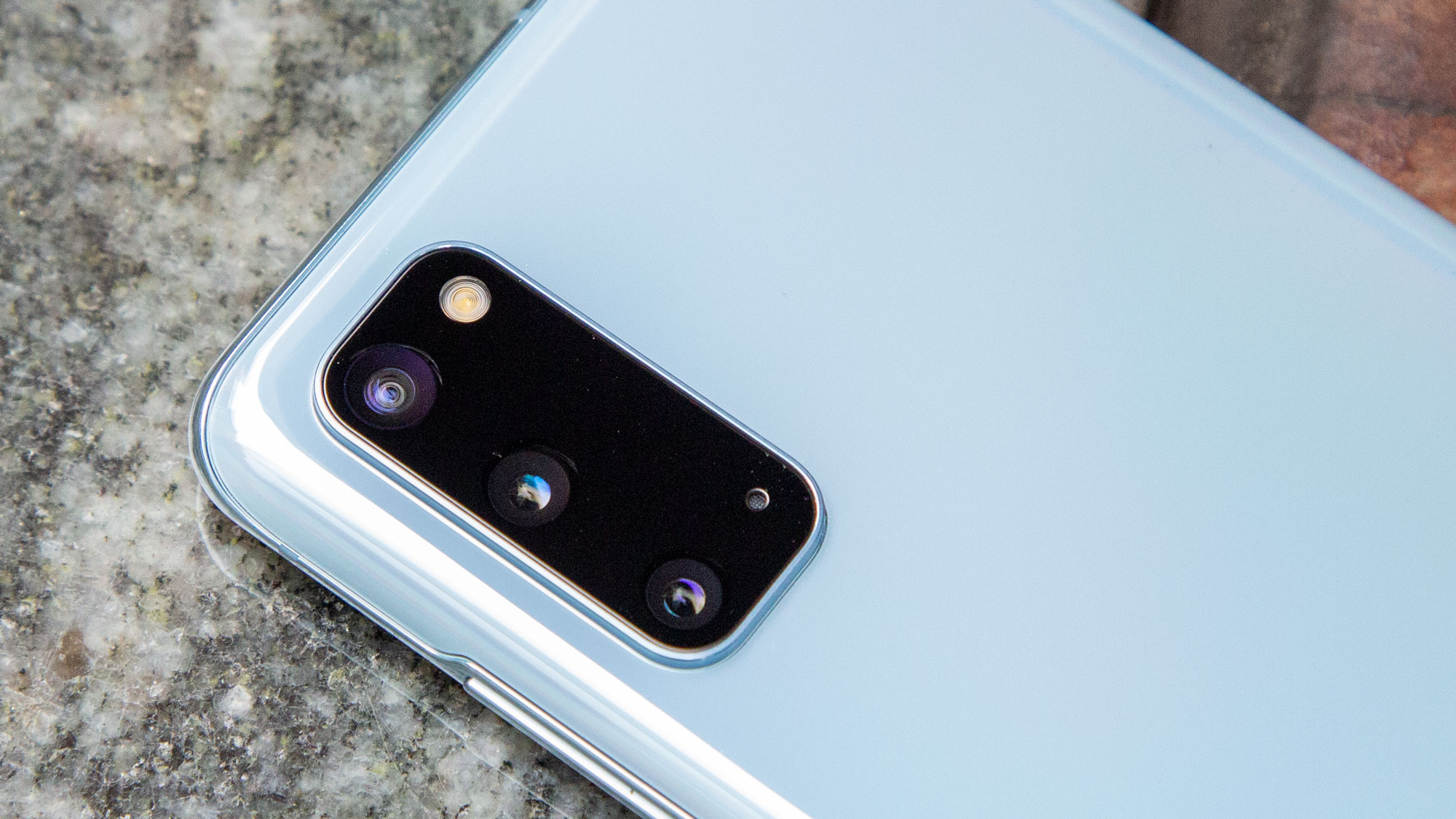
That would seemingly give Samsung an edge in the camera department, particularly when it comes to zooming in on subjects. But don't count Google out. Google aims to beat the competition with its awesome image post-processing, which tidies up and beautifies your shots quite impressively, adding effects like bokeh and boosting colors selectively for optimal results. For zooming, a Super Res Zoom feature fills in the details for a vast improvement over a typical shot captured by digital zoom.
New photo features added to the Pixel 5 include the ability to use Night Sight in Portrait Mode for better shots in low light. You can also adjust lighting on Portrait Mode photos, even after the shot is taken. There are three new stabilization modes for capturing video, highlighted by Cinema Pan and its arty, slow-motion swoops.
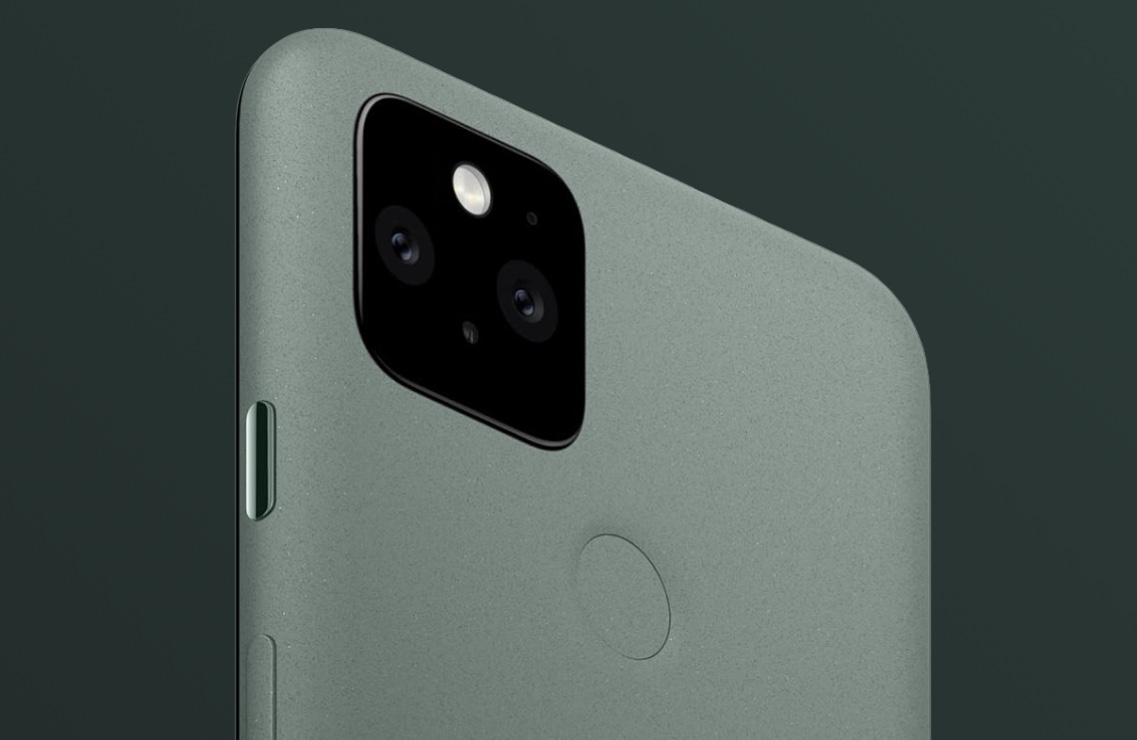
Samsung has equivalent technology, and its own unique Single Take feature that snaps multiple kinds of shots all at once for you to then pick the best from. However, the S20's computational photography tricks didn't quite measure up to the Pixel 4, so we expect to see the Pixel 5 put up some formidable photos when it goes up against the Galaxy S20.
Google Pixel 5 vs. Samsung Galaxy S20: Performance
The Galaxy S20 uses the Snapdragon 865, one of the top 5G-enabled chipsets offered by Qualcomm this year. (A successor, the Snapdragon 865 Plus, is slightly more powerful and found inside the Galaxy Note 20 among other phones.) However, the S20 only gets this chip in the U.S. If you buy the Galaxy S20 elsewhere, Samsung sticks its own Exynos 990 in there instead, which offers comparable performance and 5G compatibility at the expense of a little less overall power.
The Pixel 5 won't be able to compete with the Galaxy S20 on performance, which we know before we even test Google's phone. That's because the Pixel 5 uses a Snapdragon 765G chip, which simply doesn't have the power of the Snapdragon 865. When we've tested other Snapdragon 765G-powered phones, they lag behind the top Android phones featuring the Snapdragon 865.
The Galaxy S20 will handle multitasking better, too, It's got 12GB of RAM to the Pixel 5's 8GB. You'll get 128GB of storage on the Pixel 5, the same as the Galaxy S20. But Samsung includes a microSD slot you can use to expand the S20's storage.
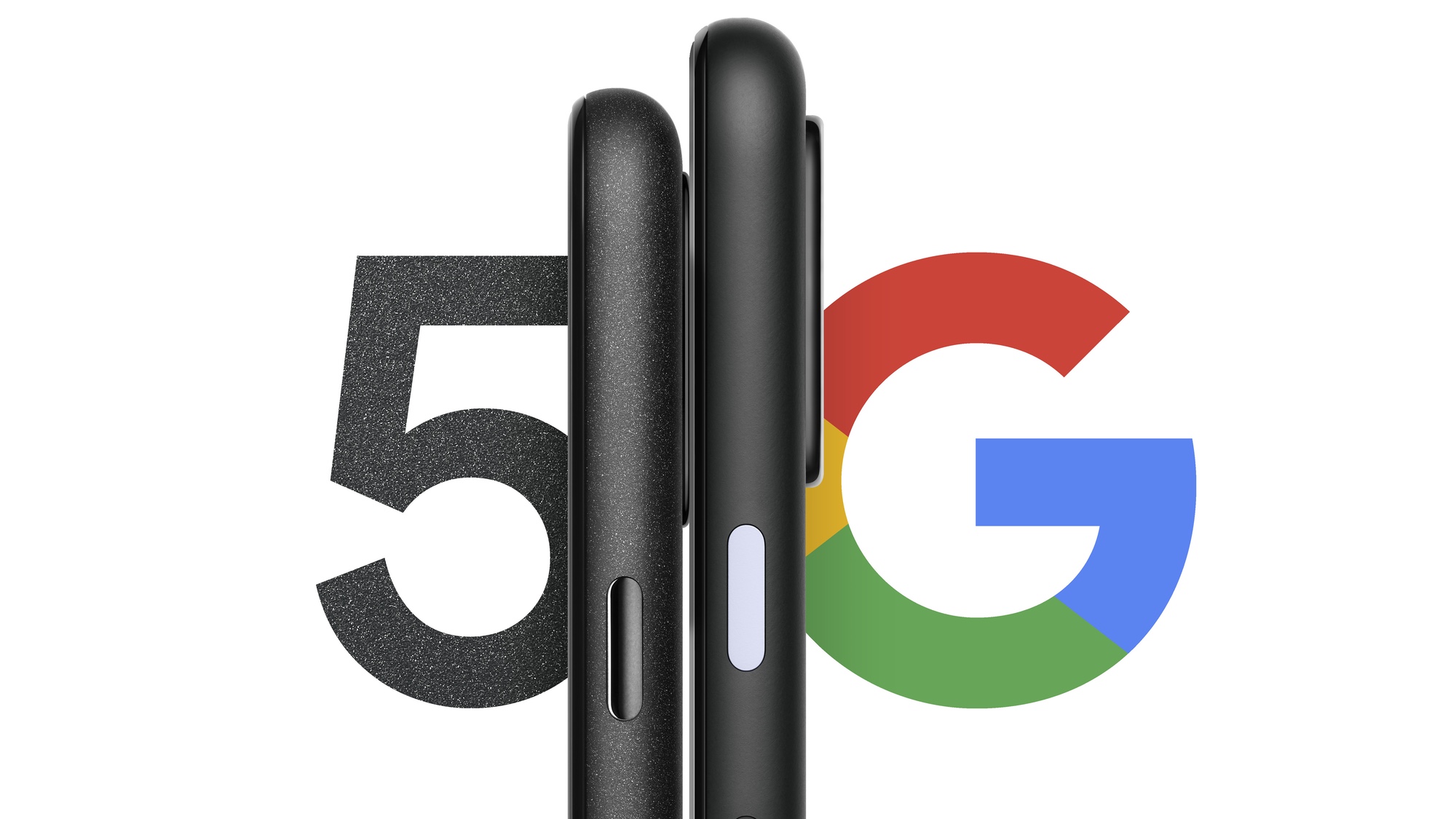
Even with its less powerful chip, the Pixel 5 can match the Galaxy S20 in one important area — 5G connectivity. The Snapdragon 765G has a built-in 5G modem so it can pick up a 5G signal wherever a 5G network is available, just like the S20. The Pixel 5 will be able to connect to any kind of 5G network, something the Galaxy S20 can also do after Verizon released a version of Samsung's phone built specifically to work with its mmWave-based network.
Google Pixel 5 vs. Samsung Galaxy S20: Battery life and charging
Battery life could be a close competition for these two phones. The Samsung Galaxy S20 contains a 4,000 mAh battery, which can charge at 25W with the included wired charger, and up to 15W wirelessly.
The S20 achieved 9 hours and 31 minutes on the Tom's Guide battery test when set to its 60Hz refresh rate, which isn't particularly good to start with. Yet that only got worse at the S20's maximum 120Hz setting, where it managed a paltry 8 hours and 4 minutes before dying.
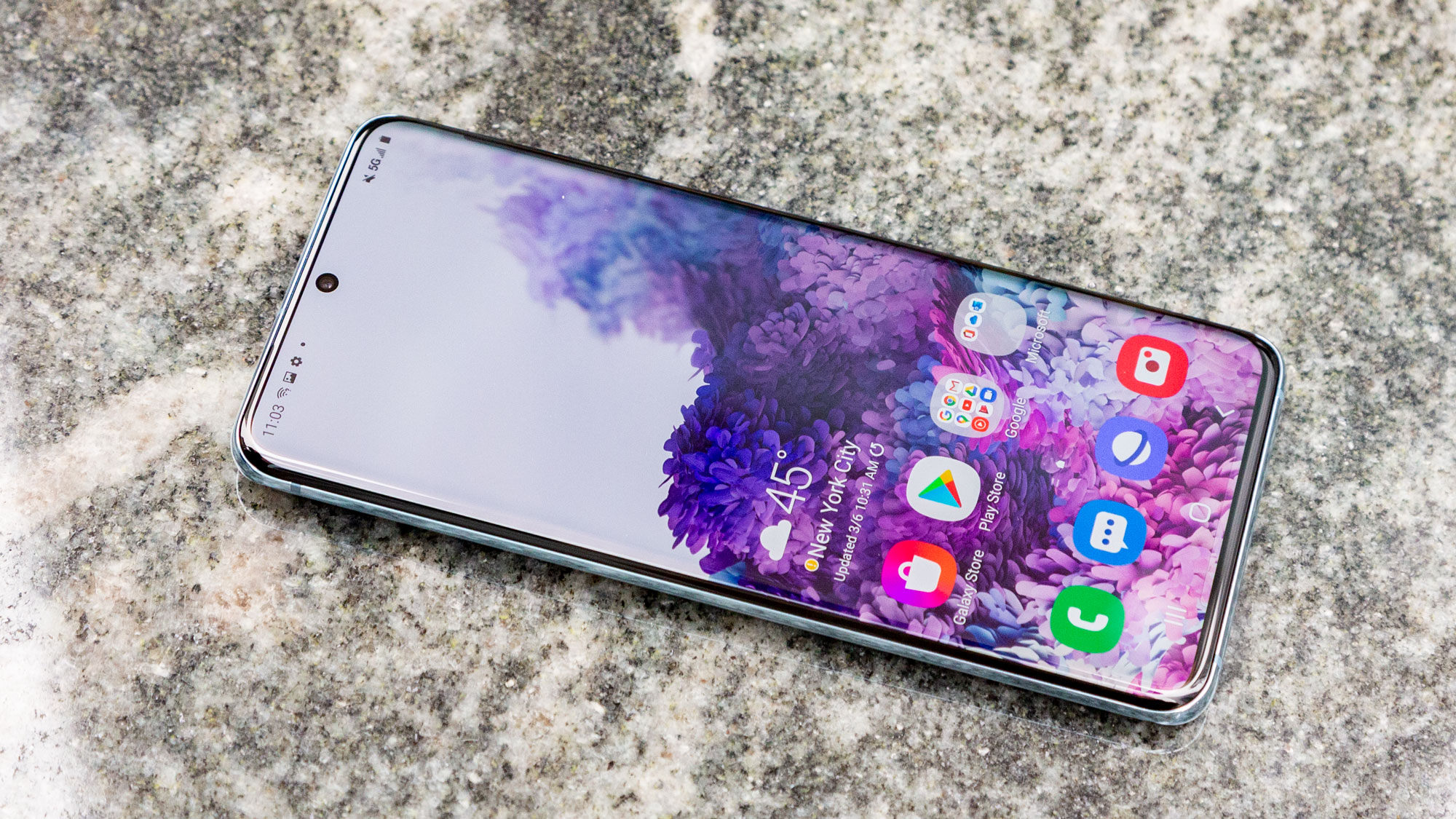
The Pixel 5 has an identically sized 4,000 mAh. That also happens to be a big improvement over the Pixel 4's meager battery, and battery life was one of our biggest complaints about last year's Pixels. Take the energy efficient Snapdragon 765G into account, and the Pixel 5 has the potential to land on our best phone battery life list.
There's even better news for Pixel 5 users. The phone features an Extreme Battery Saver feature that prioritizes energy use for apps you select. Google says Extreme Saver can help the Pixel 5 eke out 48 hours of battery life.
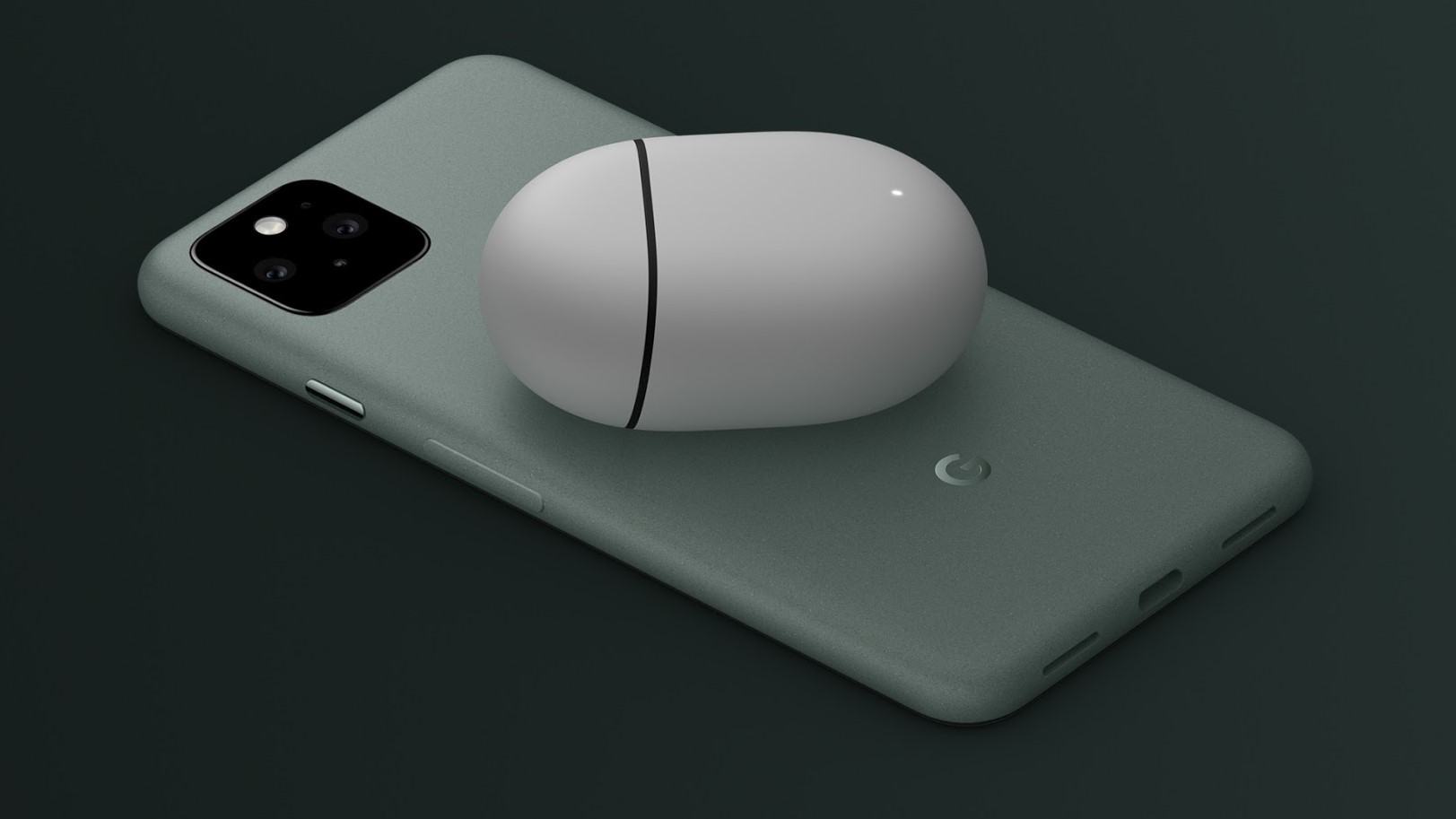
The Pixel 5 charges wirelessly, and adds the reverse charging feature that Samsung's phones enjoy. You can expect 18W wired charging from Google's phone, so the S20 will likely charge up faster.
Google Pixel 5 vs. Samsung Galaxy S20: Software and special features
Software is one of the areas where these two phones are expected to diverge the most. Samsung's version of Android 10, One UI 2.5, is heavily modified to add in lots of Samsung-specific apps, whether you want them or not. There's great integration with the basic Android 10 features like dark mode, Google Duo video calling etc., but then you also have features like Bixby. Samsung's proprietary digital assistant isn't really a competitor to Google Assistant, or Siri for that matter, but it's still there, taking up valuable storage space.
The Pixel 5 delivers the stock Android experience we've seen on previous Pixels. Although it isn't unique to Pixel phones, Google always brings out the newest version of Android with its Pixel launch that year — that's Android 11 this time around.
Just as important are the software features introduced with the Pixel 5. The most impressive addition is called Hold for Me, in which the Google Assistant can monitor phone calls when you're put on hold, alerting you when a live person is on the line. That saves you from the horrors of listening to canned music while you wait on hold.
It's worth noting that the Pixel 5 has lost some features from its predecessor, related to the changes in its design. No bezels means no Soli sensor, so the Pixel 5 drops the Motion Sense gesture controls introduced with the Pixel 4.
Google Pixel 5 vs. Samsung Galaxy S20: Outlook
Now that the Pixel 5 is on its way, we're expecting an interesting duel with Samsung's S20. With Google altering so much about what it considers a flagship product, and Samsung having brought out some of its most ambitious hardware in years inside the Galaxy S20, it's really shaping up to be a study of contrasts between two top-tier rivals in the Android flagship space.

Richard is based in London, covering news, reviews and how-tos for phones, tablets, gaming, and whatever else people need advice on. Following on from his MA in Magazine Journalism at the University of Sheffield, he's also written for WIRED U.K., The Register and Creative Bloq. When not at work, he's likely thinking about how to brew the perfect cup of specialty coffee.
